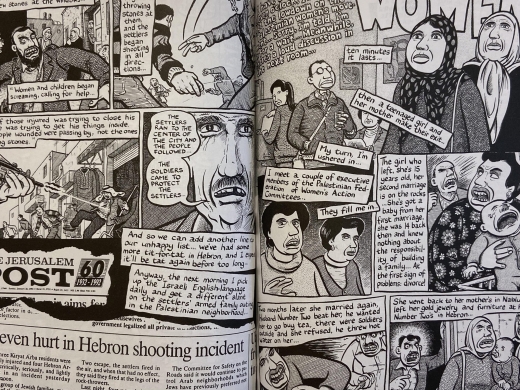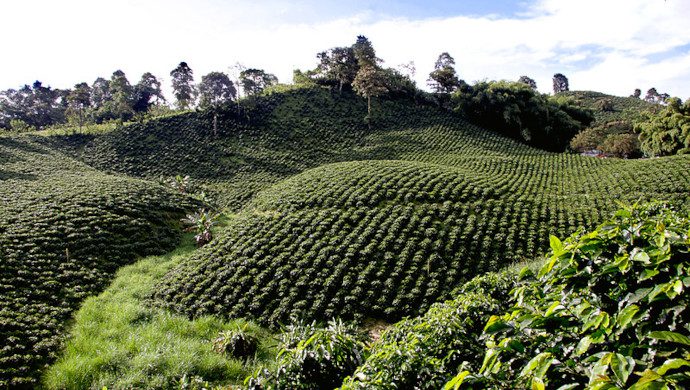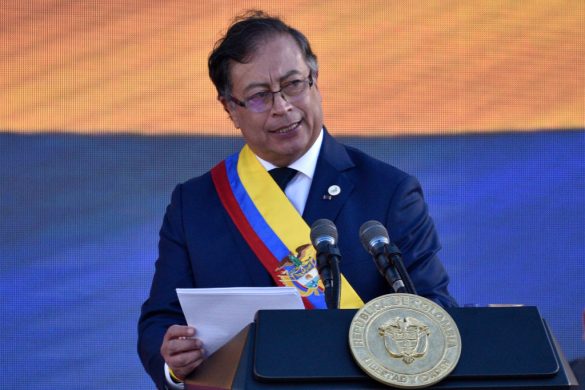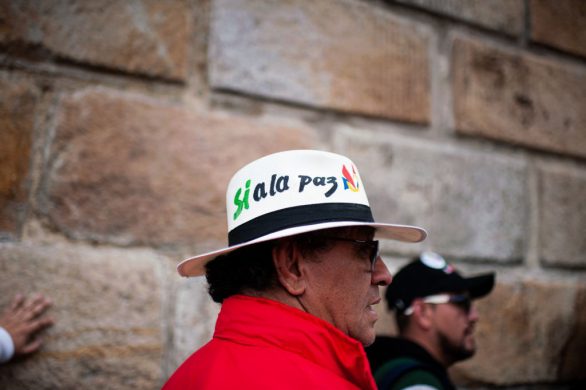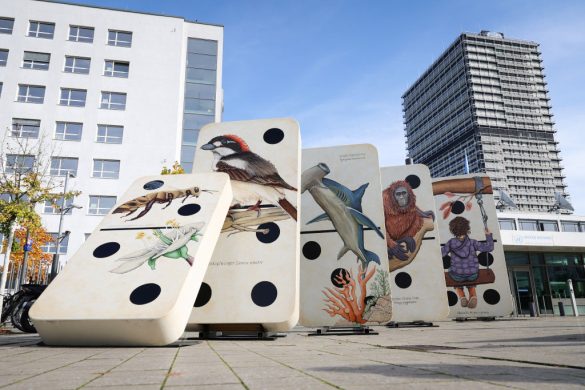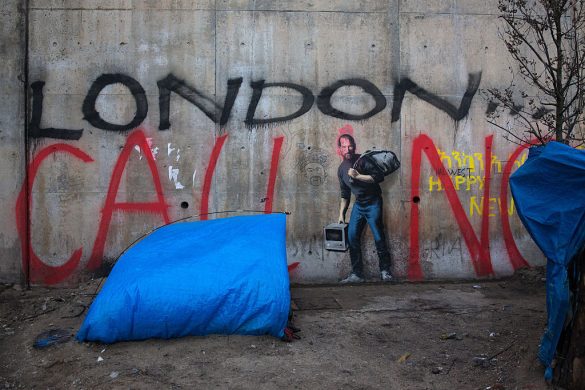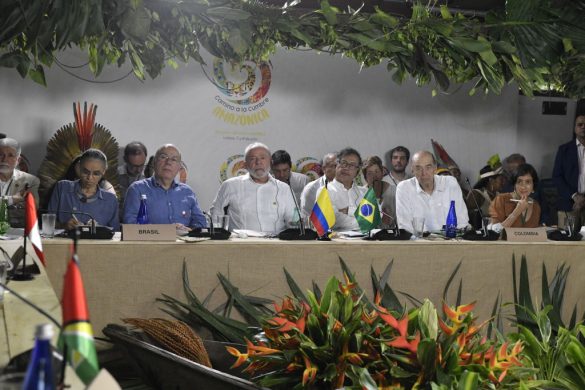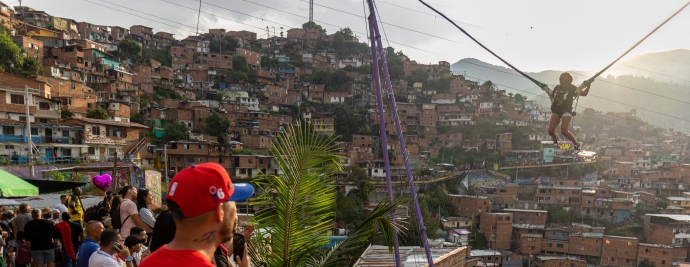“The reality for many Colombians is in stark contrast to the positive picture painted by the peace deal. Insecurity is undermining the peace process,” warned Christian Visnes, the Norwegian Refugee Council’s (NRC) Country Director in Colombia.
An estimated 100,000 people will likely be displaced by the armed conflict in Colombia at the end of 2017, according to the United Nations. The number of displacement incidents increased by 36 percent compared with the same period last year.
The 2016 peace agreement between the Government and the FARC armed group was a milestone in the country’s 50-year war, paving the way for long sought-after peace. However, in some areas armed conflict has continued or even intensified since FARC laid down its arms.
Grupper kæmper mod hinanden
The Pacific region, particularly Chocó, has become a battleground for clashes between the National Liberation Army (ELN) and another armed group. The coastal areas of the Nariño region have also become trenches between ELN and paramilitary groups, as well as among dissidents from FARC. Along the border with Venezuela, fighting continues over the control of illegal businesses.
Insecurity in these areas has had catastrophic consequences for civilians. The number of attacks on communities has increased, and was 17 percent higher during the first half of 2017, compared to the same period last year.
Indigenous and Afro-Colombian communities have been disproportionally affected.
Seven out of ten people displaced this year come from these communities. “This new trend is alarming,” warned Visnes. “Families from these communities are already vulnerable; many are extremely poor and rely on humanitarian support even without the added insecurity.”
78 aktivister dræbt
NRC is also concerned by the high number of assassinations of community leaders in 2017. Over 78 known deaths of leaders and members of social organisations have been reported, and at least 13 other suspected murders, according to the UN refugee agency.
“The peace needs to lead to social justice, allowing us to live and rule the land of our ancestors without fear,” a community leader in the indigenous village of Catru told NRC staff after the recent killing of the village governor.
To improve the security situation, the government must improve its presence in places most affected by conflict, especially in rural areas, and fully recognize the rights of victims. International cooperation is also vital to promote lasting solutions and stop the cycle of violence in the country.
“We need to build confidence in peace and ward off the fear that civilians are living with,” said Visnes. “There is a window of opportunity to act and make a real difference for Colombia’s future, but it will not remain open for long.
Peace must be consolidated, not jeopardised,” said Visnes.



